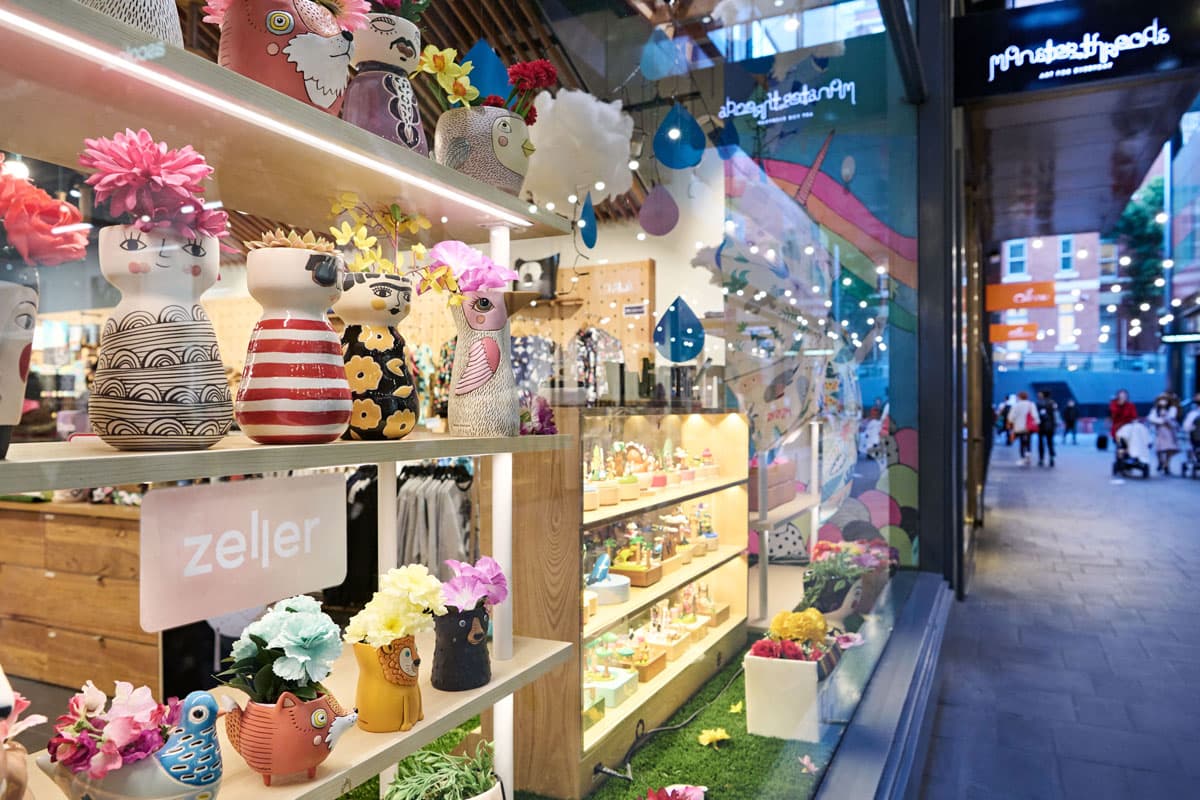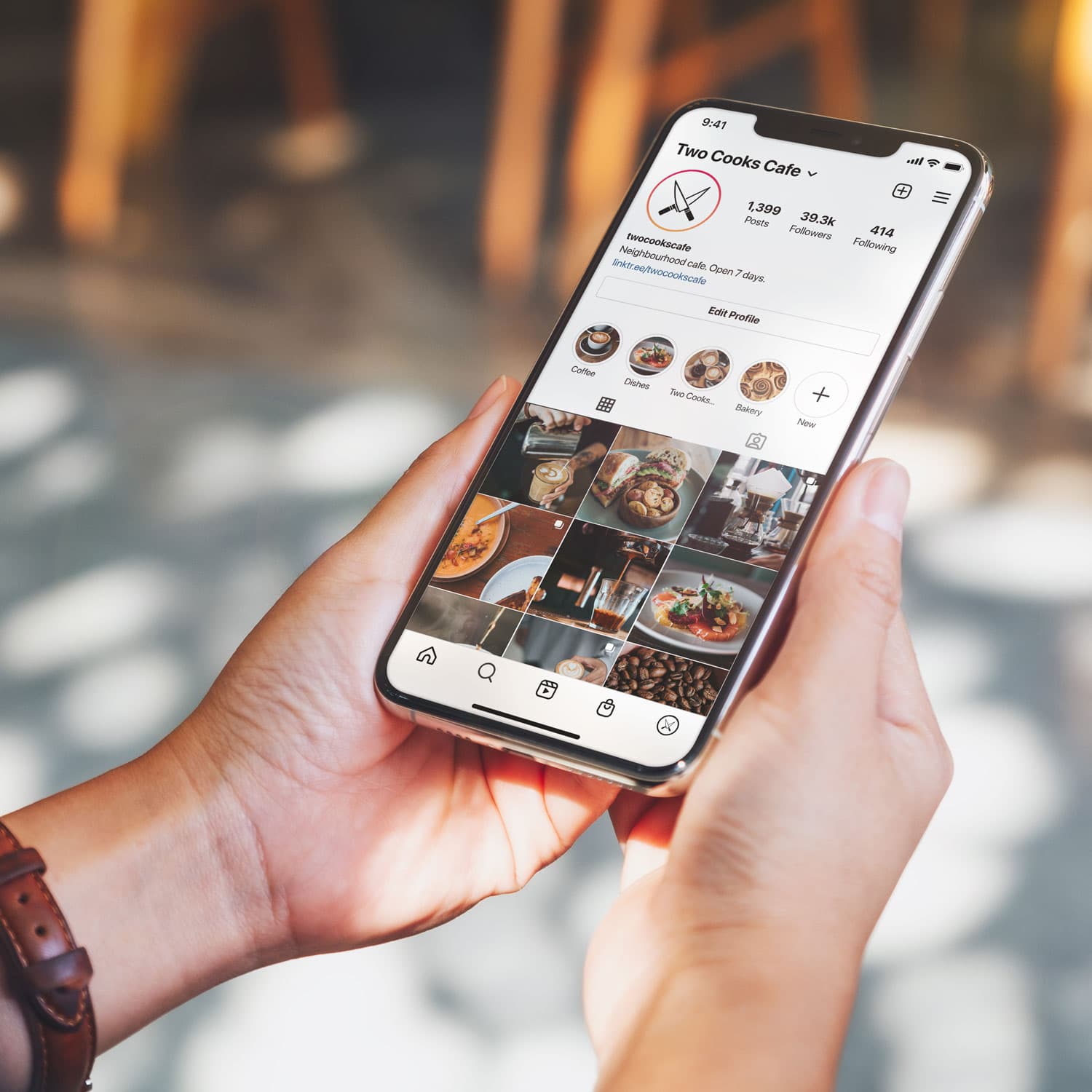
- Business Growth & Optimisation
Facebook Ads vs Boosted Posts: Which is Right for Your Business?
When budgets are tight, every dollar counts. Here's how to get more bang for your buck.
It’s no secret that organic reach on Facebook is declining. The average reach for any organic post hovers around 5.2%, meaning roughly one in every 19 followers see the content you are putting time and effort into creating.
This presents a challenge. You don’t have the same budgets as bigger advertisers to pour into paid posts. However, that doesn’t mean you should write off Facebook entirely. Both Facebook boosted posts and paid ads can help you reach new and bigger audiences — for an affordable fee. However, the way they work is very different.
Is one better than the other? It depends on your goal. Keep reading to discover when to boost your Facebook posts, and when to invest in Facebook ads.
The differences between a boosted post and a paid ad
A boosted post (or sponsored post) is the most basic type of advertising you can achieve with Facebook. In a nutshell, you pay to have one of your published Facebook posts appear in more of your Facebook followers’ news feeds. There’s limited audience targeting and far less creative control, because these posts are not created in Ads Manager.
A paid ad, on the other hand, is designed not just to be seen — but to drive an action. For example, that action could be:
visiting you in store
enquiring about your services
clicking through to your website and making dinner reservations
Paid ads achieve this by providing a call to action and linking out to your website, an external site (such as a listing on a portal), or a contact form — whatever works for you.
Of course, there’s a little more to it than that. Let’s dig deeper to understand how your business could benefit
The basics of boosting a Facebook post
“Boosting” simply means to take a post that’s already on your page, and make it visible to a wider audience. You’ve likely noticed them in your news feed before. A boosted post looks like this.

You’ve probably noticed that Facebook will occasionally encourage you to boost one of your posts. This happens when:
your post is performing well, or
Facebook’s algorithms have found the content of your post similar to other Boosted Posts.
Boosting a post is as easy as clicking a button and putting a few dollars behind it. Not only can it help you make up for the organic reach you’ve lost from Facebook’s ongoing algorithmic changes, but it can increase brand visibility that ultimately generates traffic to your website or bricks and mortar business.
Sometimes, all you need is a few clicks to get things going.
The basics of paid Facebook ads
Facebook ads are created through Ads Manager. They are a more advanced version of digital marketing than boosted posts — but they don’t need to be confusing or expensive.
Instead of solely working to increase brand awareness and engagement, like boosted posts, Facebook asks you to pick a marketing objective: awareness, reach, traffic, conversions… the list goes on. Basically, this is the action you want a person to take after seeing your ad. Facebook will show your ads to a slightly different audience, depending on which objective you select.
Paid ads include a:
headline
call to action
description
image
and look a little something like this.

You can even decide where they are displayed, whether it be suggested videos on Facebook or Instagram stories — it’s completely customisable.
Paid ads never appear on your business page. You can also choose whether they’re displayed on your audience’s Facebook new feed, Instagram, Messenger or Audience Network. This means that you’re able to grow your reach with precision. It also means that you can create a multi-touch point plan.
Unlike Boosted Posts, you can decide what time your paid ads are shown — meaning you’re not wasting ad spend while your target audience is counting sheep. For example, a restaurant might advertise a dinner special from 5pm onwards — as this is when the typical worker will mostly likely be scrolling through Facebook on their commute home, thinking about what to eat.
Targeting your Facebook ads
The main reason why Facebook ads are so effective is the array of targeting options you have at your fingertips. You can target your ads:
based on location
This way, you can advertise properties strictly to the people around your chosen area. Let the locals know you’re open for business, and what you’ve got to offer.based on demographics
You can select an audience based on gender, age, education, relationship status, job and plenty more. This way you can market your products or services to the demographic most likely to be interested.based on behaviour
Target people based on their purchase behaviour and activities. The list of behaviours you can target is almost endless. If you’re sharing a blog targeted to a particular audience, now’s your chance to get it to them.based on interests
Facebook collects data on users’ interests and pops them into neat little categories, so you can target people interested in pets, or parenting, or any number of things that are relevant to your business.based on connections
You can target people who have already liked your page, or expressed interest. Or, you can exclude them to find new audiences. If someone’s already expressed interest in you (through liking your page), you’re a step ahead.
Which one should you choose?
It all depends on what you’re trying to achieve.
If you're in a hurry to get more exposure for your business and reach new online audiences, a boosted post can help at a moment's notice. Boosted posts are also useful for generating social proof. When users come to your Facebook page, they’ll be more likely to engage through likes, comments and shares if they see that other people are too. However, boosted posts are typically less useful for turning your Facebook audience into paying customers than a paid ad campaign.
For a start, there are very few ways to target a boosted post. You have the option to boost your post to people who have liked your page, friends of people who have liked your page, and people who you choose through a few basic targeting options. These limitations also curtail the effectiveness of your post; you’re not reaching the most interested audience.
Secondly, boosted posts aren’t as effective as paid ads at turning followers into customers because that’s not what the functionality was designed to do. Boosted posts are designed to generate likes and comments — not drive action (eg. a click through to your website). So, while boosting can sometimes be useful for blog posts (where you’re aiming to get more eyes on your brand), it’s not as useful for advertising your business.
It’s also worth noting that a post can only be boosted for one to seven days, which means the people who you want to see your boosted post might miss it, if they’re not active during that time. Your audience is also less likely to see your brand multiple times. This can be a problem, as you need multiple touch points to make an impact.
A budget-friendly option for your business
There are pros and cons to both boosted posts and Facebook ads. To get the most value for your marketing spend, try using them in conjunction.
First, boost a relevant blog post for one week. Preparing your home for summer storms is a perfect example. Then, run a paid ad campaign advertising your gutter cleaning special. You’ll plant the seed with your blog post, then convert the reader into a customer with your paid ad.
Not everyone will immediately become a customer of course, but Facebook has remarkable retargeting abilities. Once someone has shown interest in your paid ad, you can keep showing them more, different ads to remind them about your business until you win them as a customer.
To get useful insights about growing your customer base delivered straight to your inbox, sign up to the Business Blog.



